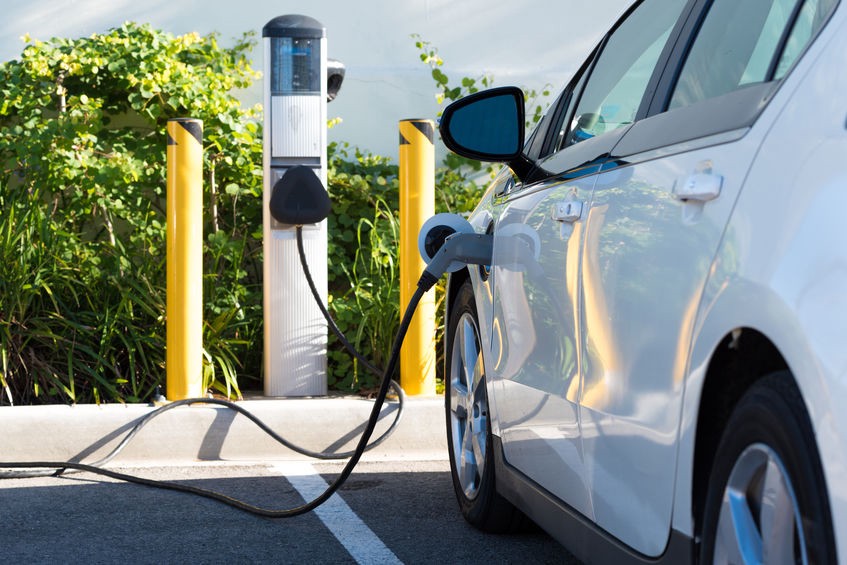Pollution and high fuel pricesor at least the concerns for these two factorshave always been around since the advent of the automotive industry. However, within the past two decades, never has the desire for decreasing negative environmental impact and dependence on gasoline been more pronounced. More than ever, automakers are manufacturing cars with “green” technology: a collective term for features that make the vehicles environmentally friendly and more fuel efficient. Such innovation has produced a healthy number of green automobile categories.
Hybrids
Currently, the most popular type of green car is the hybrid vehicle. Its popularity can be attributed to the Toyota Prius, which made its first appearance in 1997 and became the first mass-produced hybrid vehicle. Since then, other automakerswhich include Nissan, Honda, Hyundai, and even Toyota’s luxury brand, Lexushave followed suit, introducing either hybrid versions of their most popular models or brand-new nameplates.
Gasoline and Electricity
True to its name, this type of green car uses two or more distinct power sources for moving the vehicle. The most common combination is an internal combustion engine with one or two electric motors. Vehicles that use this drivetrain are called hybrid electric vehicles, or HEVs.
Lowered Emissions and Fuel Dependency
Hybrids alternate between gasoline from the engine; and electricity from the motors, which are backed by a rechargeable battery pack. When the battery runs low, the car switches to the engine, which is smaller than the ones on conventional vehicles. The smaller size means that the engine consumes less fuel, which in turn cuts down on tailpipe emissions or pollution. And the addition of the electric motors as an alternative power source ensures that people make less trips to the gas station.
Plug-In Hybrid
A variant of the hybrid car is the plug-in hybrid electric hybrid, or PHEV. It uses larger battery packs and can actually be recharged with connections to regular electrical sockets. PHEVs are notable for covering up to 40 miles without using any gasoline. The Chevrolet Volt, which was introduced for the 2011 model year, is the first mass-produced PHEV; and it has a combined fuel economy of 93 mpg.
Electric Vehicles
Electric vehicles, or EVs, rely solely on electricity, rather than the engine-and-motor combo of hybrids. As a result, there are absolutely no tailpipe emissions. Instead of the engine for propulsion, EVs use motor controllers. The driving range is a remarkable improvement over hybrid vehicles, at around 60 to 120 miles. There’s also plug-in variants, which are generally called PEVs. The most popular electric car has been the Nissan LEAF, which went on sale in December 2010 and pushed over 100,000 units by January 2014.
Fuel Cells
Other automakers, like Honda with the FCX Clarity, are experimenting with fuel cell vehicles, or fuel cell electric vehicles (FCVs/FCEVs). These cars rely on fuel cellsa mixture of oxygen and hydrogento create electricity, rather than plugging them into a power source.
Value and Security
Since green cars are relatively new to the automotive industrycomplete with the latest technologiesthey can be rather expensive compared to conventional vehicles. It is recommended that green car owners keep them in garages with top-of-the-line doors. Do some research and find a company that provides customizable doors for your garage for optimal security.





